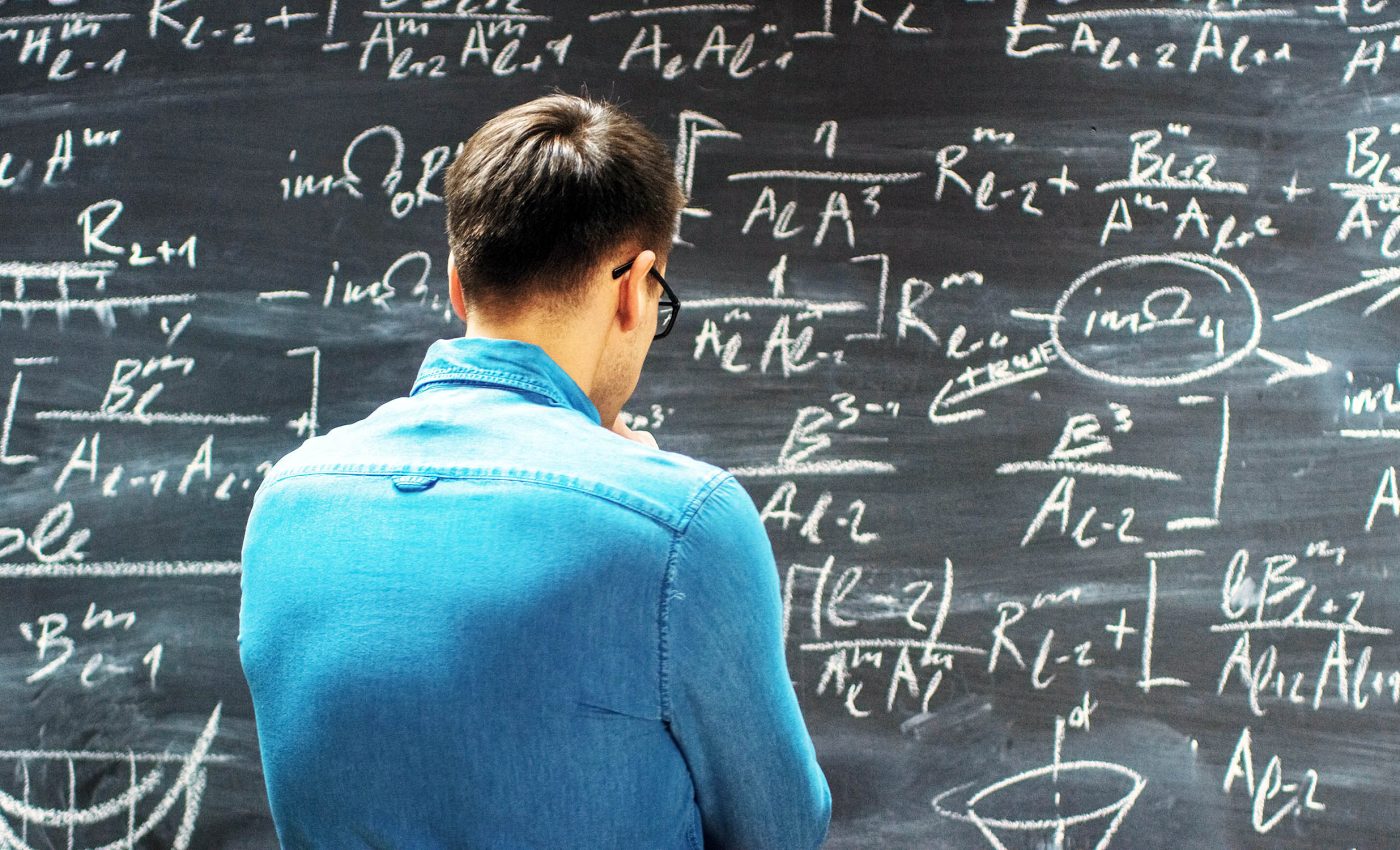
Controversial math proof divides experts in bitter academic dispute
Mathematics usually feels universal, certain, and free from drama. Numbers don’t pick sides, theories don’t hold grudges, and proofs don’t belong to nations, at least, that’s the idea.
But math sometimes surprises us, as the curious case of Shinichi Mochizuki’s controversial proof illustrates. It’s a math puzzle wrapped in human drama, wrapped in cultural misunderstanding, and at its heart lies the abc conjecture.
What exactly is the abc conjecture?
At its core, the abc conjecture is about how numbers behave when added and multiplied. Let’s say we have three numbers: a, b, and c, where a + b = c, and they’re whole numbers or integers.
Now, factor each number down to its basic building blocks, its prime factors. If we multiply together all the different prime factors of a, b, and c, the result usually exceeds c.
For instance, 12 + 21 = 33; the prime factors (2, 3, 7, 11) multiply up to 462, far larger than 33 itself.
Why the Mochizuki proof matters
The abc conjecture, proposed 40 years ago, isn’t just number play.
Solving it means unlocking several other math mysteries, including a simpler proof of the famous Fermat’s Last Theorem, a legendary problem that puzzled mathematicians for centuries until Andrew Wiles cracked it in the 1990s.
Given its enormous significance, mathematicians sat up when Mochizuki claimed he’d cracked it back in 2012, using his Inter-universal Teichmüller (IUT) theory, a 500-page proof.
Mochizuki’s complex breakthrough
Mochizuki, a mathematician at Kyoto University, introduced IUT as a revolutionary way to understand numbers by moving them across mathematical “universes,” altering and reconstructing them to gain new insights. A fascinating concept, but extremely difficult to grasp.
Since its introduction, IUT has mostly confused mathematicians outside Japan. Only a handful of Mochizuki’s students and collaborators in Kyoto claimed to fully understand it, causing frustration internationally.
Debate over Mochizuki’s math proof
Things heated up in 2018. Two renowned mathematicians from Germany, Peter Scholze (University of Bonn) and Jakob Stix (Goethe University Frankfurt), flew to Tokyo specifically to understand Mochizuki’s proof.
After a detailed analysis, Scholze and Stix announced they’d discovered a critical flaw in the proof. Specifically, they challenged the logic behind Corollary 3.12: a pivotal section they claimed contained an unsupported logical leap.
Mochizuki and his followers fiercely disagreed. They dismissed Scholze and Stix’s critique, stating confidently that no error existed.
In 2021, after years of controversy, Mochizuki’s papers were published officially in a reputable journal, Publications of the Research Institute for Mathematical Sciences, where Mochizuki himself serves as editor-in-chief.
Joshi adds his fix to the abc math proof
Just when it seemed the math community couldn’t get more divided, Kirti Joshi, a mathematician at the University of Arizona, stepped into the debate. Joshi argues that both sides (Mochizuki and Scholze/Stix) are incorrect in crucial ways.
Joshi believes Mochizuki’s theory has genuine value but is incomplete because Mochizuki didn’t properly define certain key structures (called arithmetic holomorphic structures).
Joshi offers an improved version, claiming to complete the gaps Mochizuki left behind, essentially “fixing” the critical Corollary 3.12.
In a strongly-worded recent paper titled Final Report on the Mochizuki-Scholze-Stix Controversy, Joshi concludes that Scholze and Stix’s critique is mathematically false.
He boldly declares that the abc conjecture is indeed proven, provided his enhancements are accepted.
Mochizuki, however, hasn’t embraced Joshi’s corrections warmly. He harshly dismissed Joshi’s findings as profoundly misguided, adding yet another layer of complexity and conflict.
So, who is right?
Here’s the rub: Mathematics typically prides itself on clarity and consensus, but here, cultural and personal conflicts have created two competing realities.
Most mathematicians worldwide believe Scholze and Stix correctly identified a critical flaw. Yet, in Kyoto, a small but stubborn group insists otherwise, continuing to promote IUT as groundbreaking and flawless.
Joshi sits somewhere in between, asserting he has the true solution to unite the mathematical community. But the hostility and entrenched positions may be too deep to reconcile.
Interestingly, technology might offer the cleanest solution. Formal proof-checking software can theoretically verify each step of a mathematical proof mechanically, eliminating human biases.
But converting Mochizuki’s intricate IUT into a computer-readable format is dauntingly complex, potentially more difficult than the original proof itself.
Until AI-driven formal checkers advance significantly, the mathematical world might remain split.
Human drama in a math proof
Math is often viewed as the purest form of objective reasoning. Yet, the abc conjecture controversy vividly demonstrates that math is profoundly human.
Ego, misunderstanding, nationalism, and communication failures have all played roles in this extraordinary story.
Rather than simple right or wrong, the situation illustrates how deeply human emotions influence even the most logical of fields.
And in the end, maybe that’s the real lesson of Mochizuki’s baffling proof: even in math, we’re still just humans figuring things out, and sometimes arguing loudly about it.
The study is published in Publications of the Research Institute for Mathematical Sciences.
—–
Like what you read? Subscribe to our newsletter for engaging articles, exclusive content, and the latest updates.
Check us out on EarthSnap, a free app brought to you by Eric Ralls and Earth.com.
—–













